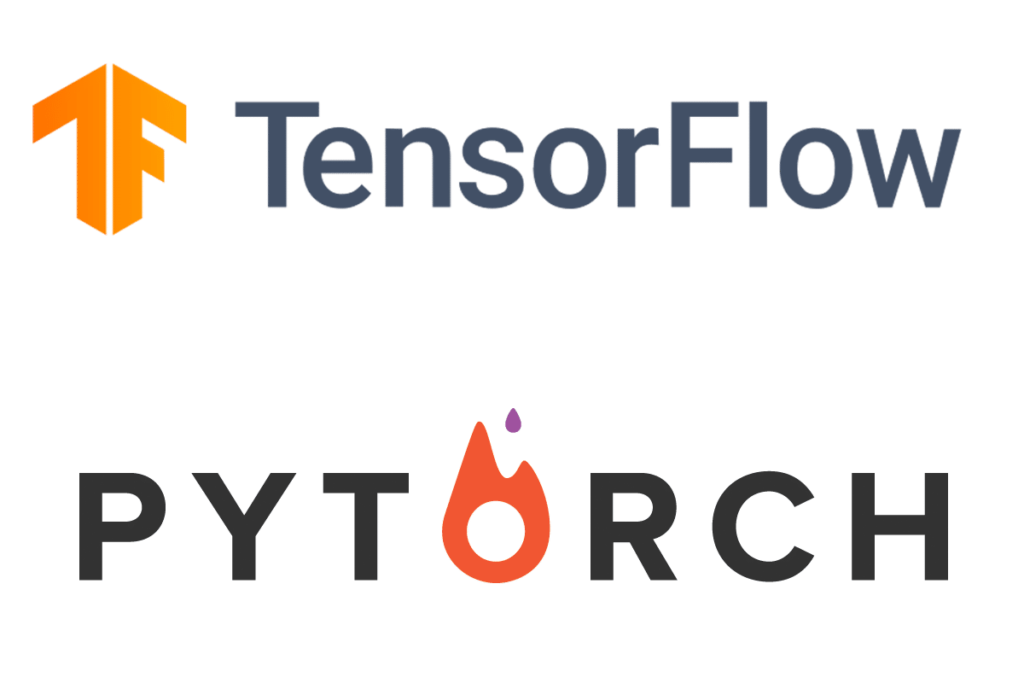AI工具使用教程

人工智能(AI)技术在迅速发展,应用领域广泛,使用AI工具有效地提升技能水平尤为重要。本文将介绍如何使用一些常用的AI工具,包括编程框架如TensorFlow和PyTorch、数据处理和分析工具、以及一些机器学习平台和自动化工具。
TensorFlow和PyTorch是两种流行的AI编程框架。以下是使用TensorFlow和PyTorch进行简单神经网络训练的基本步骤:
使用TensorFlow:
安装TensorFlow:pip install tensorflow
导入必要的库:import tensorflow as tf
定义模型架构:model = tf.keras.Sequential([tf.keras.layers.Dense(units=128, activation=’relu’), tf.keras.layers.Dense(units=10)])
编译模型:model.compile(optimizer=’adam’, loss=’sparse_categorical_crossentropy’, metrics=[‘accuracy’])
训练模型:model.fit(train_data, train_labels, epochs=5)
使用PyTorch:
安装PyTorch:pip install torch torchvision
导入必要的库:import torch
定义模型架构:model = torch.nn.Sequential(torch.nn.Linear(784, 128), torch.nn.ReLU(), torch.nn.Linear(128, 10))
定义损失函数和优化器:criterion = torch.nn.CrossEntropyLoss(); optimizer = torch.optim.Adam(model.parameters())
训练模型:for epoch in range(epochs): for batch in train_loader: optimizer.zero_grad(); outputs = model(batch); loss = criterion(outputs, targets); loss.backward(); optimizer.step()
数据处理和分析工具
数据是AI的基础,因此数据处理和分析工具如Pandas和NumPy尤为重要。以下是Pandas的基本用法:
安装Pandas:pip install pandas
导入Pandas:import pandas as pd
读取数据:data = pd.read_csv(‘data.csv’)
数据清洗:data.dropna(); data.fillna(value=0); data[‘column’] = data[‘column’].astype(int)
数据分析:data.describe(); data.groupby(‘column’).mean()
机器学习平台和自动化工具
机器学习平台如Scikit-learn及自动化工具如AutoML简化了AI应用的过程。使用Scikit-learn进行分类任务:
安装Scikit-learn:pip install scikit-learn
导入必要的库:from sklearn.model_selection import train_test_split; from sklearn.ensemble import RandomForestClassifier; from sklearn.metrics import accuracy_score
分割数据:X_train, X_test, y_train, y_test = train_test_split(data, labels, test_size=0.2)
训练模型:model = RandomForestClassifier(); model.fit(X_train, y_train)
评估模型:predictions = model.predict(X_test); accuracy = accuracy_score(y_test, predictions)
通过介绍这些AI工具的基本用法,期望能帮助读者熟悉其操作,提升AI技术应用的技能水平。在今后的AI发展中,这些工具将继续扮演重要角色,为人工智能的实践提供强大支持。



